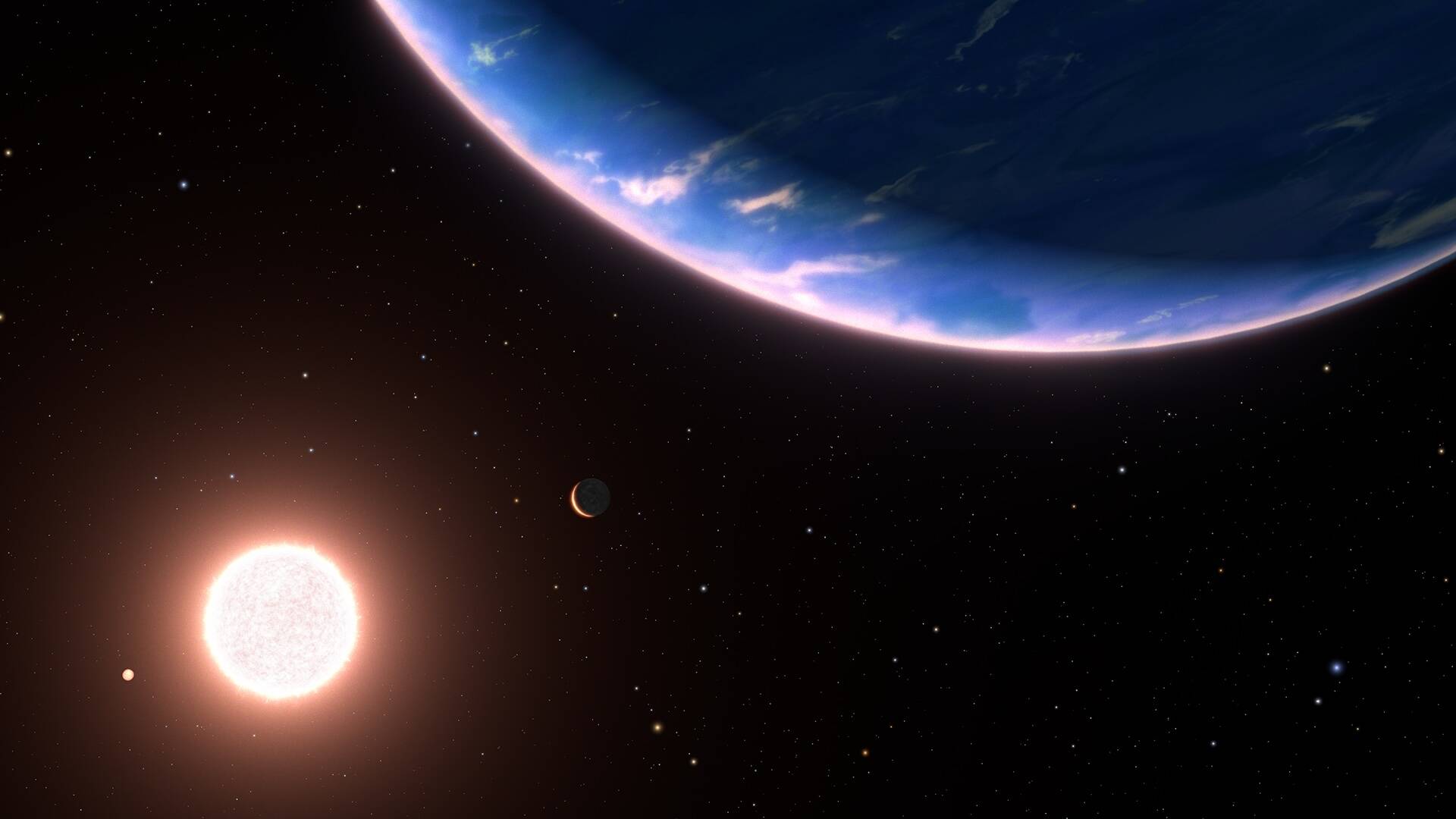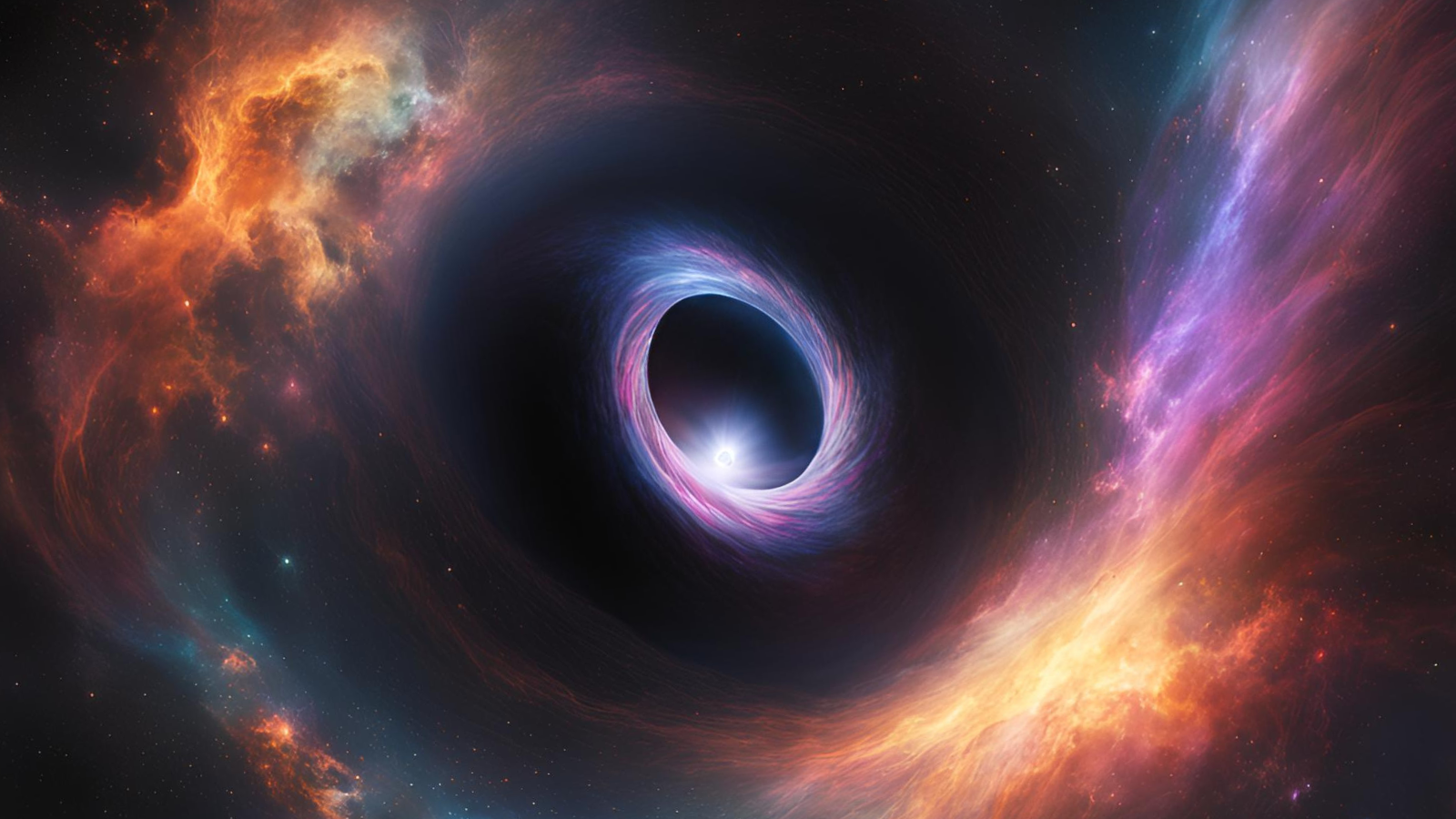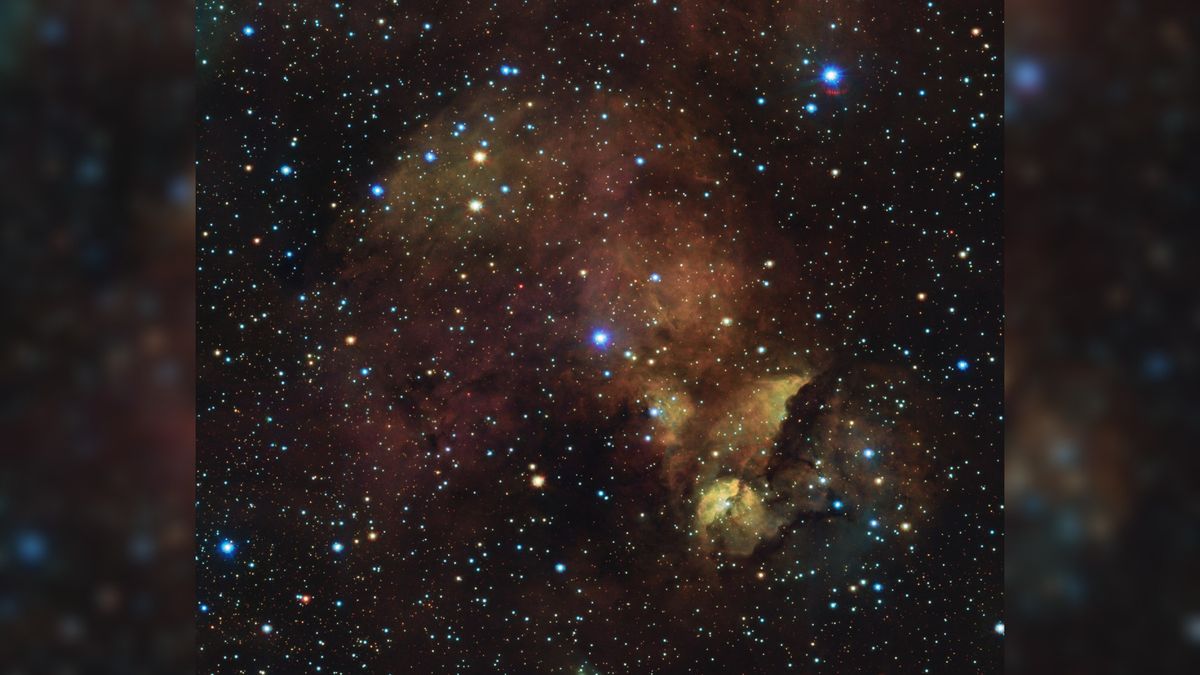The Hubble Space Telescope has made a significant discovery, finding evidence of water vapor on the tiniest known exoplanet. Co-principal investigator Laura Kreidberg hailed the discovery as a crucial step in characterizing Earth-like worlds, as the planet, GJ 9827d, is only about twice the size of Earth.
With an orbit of just 6.2 days around its star, the planet is incredibly hot, resembling a steamy solar orbiter rather than a habitable ocean world. The breakthrough observation was made possible by studying the planet’s atmosphere during its 11 passes in front of its sun over three years.
Björn Benneke of the Trottier Institute for Research on Exoplanets at the University of Montreal emphasized the significance of the discovery, stating that it represents a major step toward understanding the prevalence and diversity of atmospheres on rocky planets. The findings were published in the Astrophysical Journal Letters.
The discovery of water vapor on GJ 9827d, located in the constellation Pisces about 97 light years from Earth, holds broader implications for understanding the potential habitability of other planets. Dr. Jennifer Wiseman, NASA’s senior project scientist for the Hubble Space Telescope, underscored the importance of this discovery in NASA’s quest to determine which planets and environments in the universe may support life.
Despite the confidence in the discovery of water vapor in the planet’s atmosphere, scientists are still uncertain whether GJ 9827d is a water world or a miniature Neptune-like gas planet dominated by hydrogen and helium. The planet’s age and proximity to its star suggest that it may have lost its hydrogen due to eons of solar radiation bombardment.
To further analyze GJ 9827d, scientists are eager to utilize the James Webb Space Telescope (JWST), which offers superior observation capabilities, including the ability to detect carbon-bearing molecules. Recent observations of the distant world using the JWST may provide critical insights into the nature of GJ 9827d.
With the potential to settle the question of water worlds once and for all, scientists are eagerly awaiting the data from the JWST to reveal more about the composition and origins of this intriguing exoplanet.







/cdn.vox-cdn.com/uploads/chorus_asset/file/25806329/Screenshot_2024_12_26_at_5.43.25_PM.jpeg)



